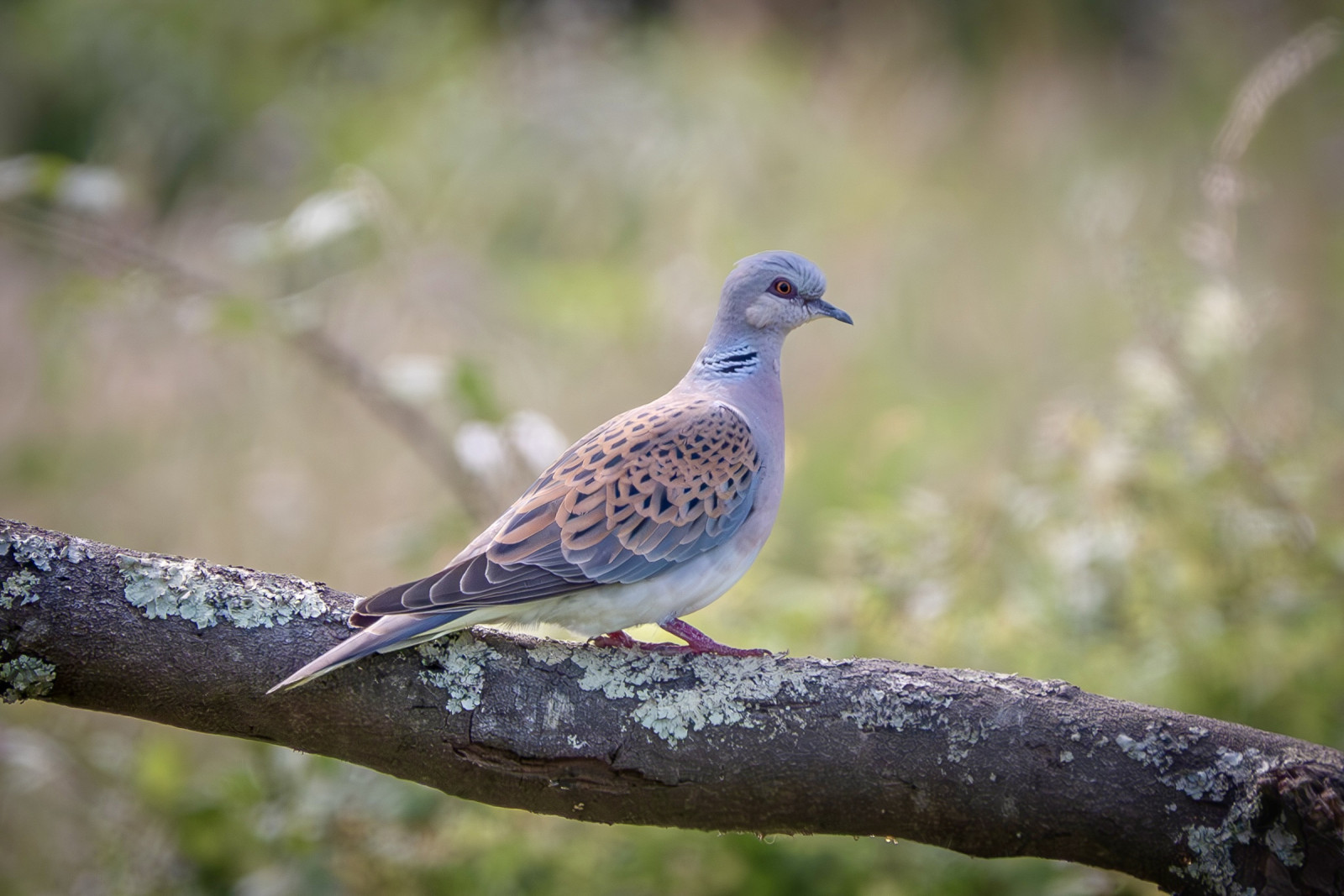Opis
Excellent Birdwatching of 170 acres (69 hectares) maintained by Kent Wildlife Trust. Important for migratory, overwintering and breeding wetland birds, the reserve consists of grazing marsh (one of a few left in Kent) with freshwater dykes, open water scrapes, reedbed, saltmarsh and seawall. Highland cattle and Konik horses graze on the reserve and there are also two viewing hides for observing wildlife. Oare Marshes has seen an impressive number of rarities and regularly plays host to sought-after birds, particularly waders and wildfowl and is also good for migrants that are scarce in the southeast. Around 250 species are possible most years.
Winter is good to see a variety of ducks, grebes, herons and resident waders, roosting gulls and some raptors. In spring you can see wąsatka, szablodziób, waders and ducks. In summer you can see turkawka and sieweczka rzeczna and lots of warblers. Especially autumn is good for waders and passing migrants like biegus krzywodzioby, biegus zmienny, brodziec śniady, biegus malutki, kulik mniejszy and kwokacz.
Szczegóły
Dostęp
Church Road, Oare, Faversham ME13 0QD. There is no public transport to reserve. Own car or bicycle required. About 2 miles (3 km) from Faversham Town centre.
Teren i siedlisko
Tereny podmokłe , Błota , Łąka , Morze , TrzcinowiskaWarunki
PłaskiTrasa dookoła
TakCzy luneta będzie przydatna ?
TakUdany sezon obserwacyjny
Przez cały rokNajlepszy czas na wizytę
Zima , JesieńTrasa
Szeroka ścieżkaPoziom trudności szlaku pieszego
ŁatwyDostępne
Pieszo , Rower , Samochód , Wózek inwalidzkiCzatownia/platforma obserwacyjna
TakDodatkowe informacje
Entry is free. Wheelchair accessible. There are RADAR gates, the path is surfaced with compacted roadstone and is level. Stay on circular footpaths.


